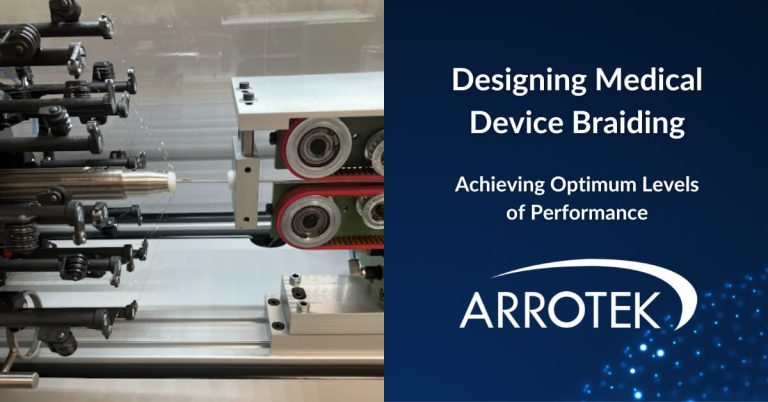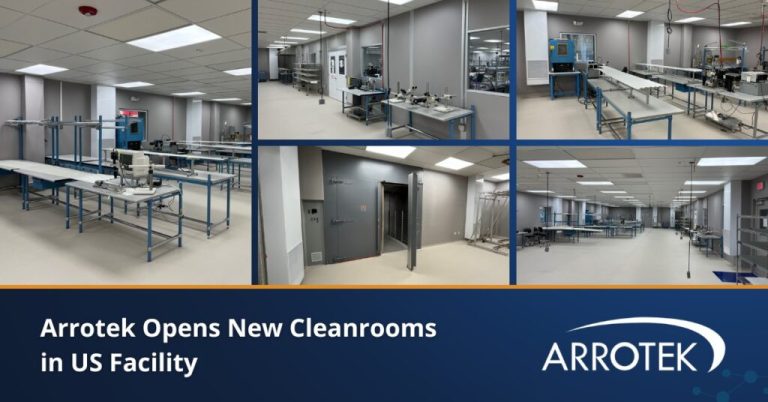You have an idea for a new medical device. What do you do now? What are the next steps you should take?
Each medical device development project is different, but there are common steps regarded as best practices in the industry. You might have already gone through some of the points below, but this will give an overview of the first stages of the medical device design and development process.
Ideation
As you already have an idea for a new medical device, you are likely to be part of the way through this stage. It’s helpful to review what ideation involves, however, to ensure you think through the various aspects of your idea.
One important point in ideation is to consider the difference between creativity/inventiveness and innovation. Inventing or creating new ideas is one thing, but real success lies in innovation.
Innovation is where you identify a need and develop a solution that you can then monetise.
During the ideation process, you should also consider products and treatment solutions already on the market as well as user needs, available technologies, etc.
Defining the USP of your product is important too.
You shouldn’t work on ideation on your own, however, as getting feedback on the idea from medical professionals with experience using similar devices or treating relevant conditions can be very helpful.
Market Research
Researching the market is an essential step, including conducting searches for existing patents and IP.
You should also research competitors and competitor products. This should include devices, treatments, and methods that you don’t consider as a direct competitor, but which are used to treat or mitigate the condition, disease, or situation that you aim to resolve with your new device.
Remember also that it’s not just about confirming or ensuring your idea is entirely new and unique. After all, the regulatory process is often faster and more straightforward if there are similar products already on the market that have regulatory approval.
Some questions to ask include:
- How similar are competitor products to your idea?
- What will be the impact of existing products on your development process? Will you need clinical trials, for example, or can you use an equivalent product to obtain regulatory approval?
- How will your device be different from other products?
- Where will you launch your product?
- How big is the potential market?
Project Cost Estimate
You will need to secure funding to bring your product through the design, regulatory approval, and market launch phases. Therefore, it’s important to work out the costs involved.
At Arrotek, we have developed a regulatory estimate calculator. It is a FREE tool that will give you an estimate of the regulatory costs involved to bring your idea for a medical device to a commercialisation stage.
Find out more about how it works in our video explainer.
Project Timeline Estimate
Getting an estimate of the project timeline is important too. This will help with your financial and resource planning.
Some things that influence the timeline of medical device development projects include the classification of your product and whether equivalent products exist.
Funding Strategies
Consider the various funding sources available as early in the process as possible. EU and government sources might be a possibility, as well as private funding through loans, investors, venture finance, private equity, etc.
File Your IP and Patent
Where applicable, you should also make IP and patent filings in this early stage of the process to protect your idea and future business model. Experienced medical device design engineers can help with this process.
Professional Expertise
One final tip is to involve medical device design professionals as early in the process as possible. You will get advice, support, and help with all the above aspects of getting started with an idea for a new medical device.





